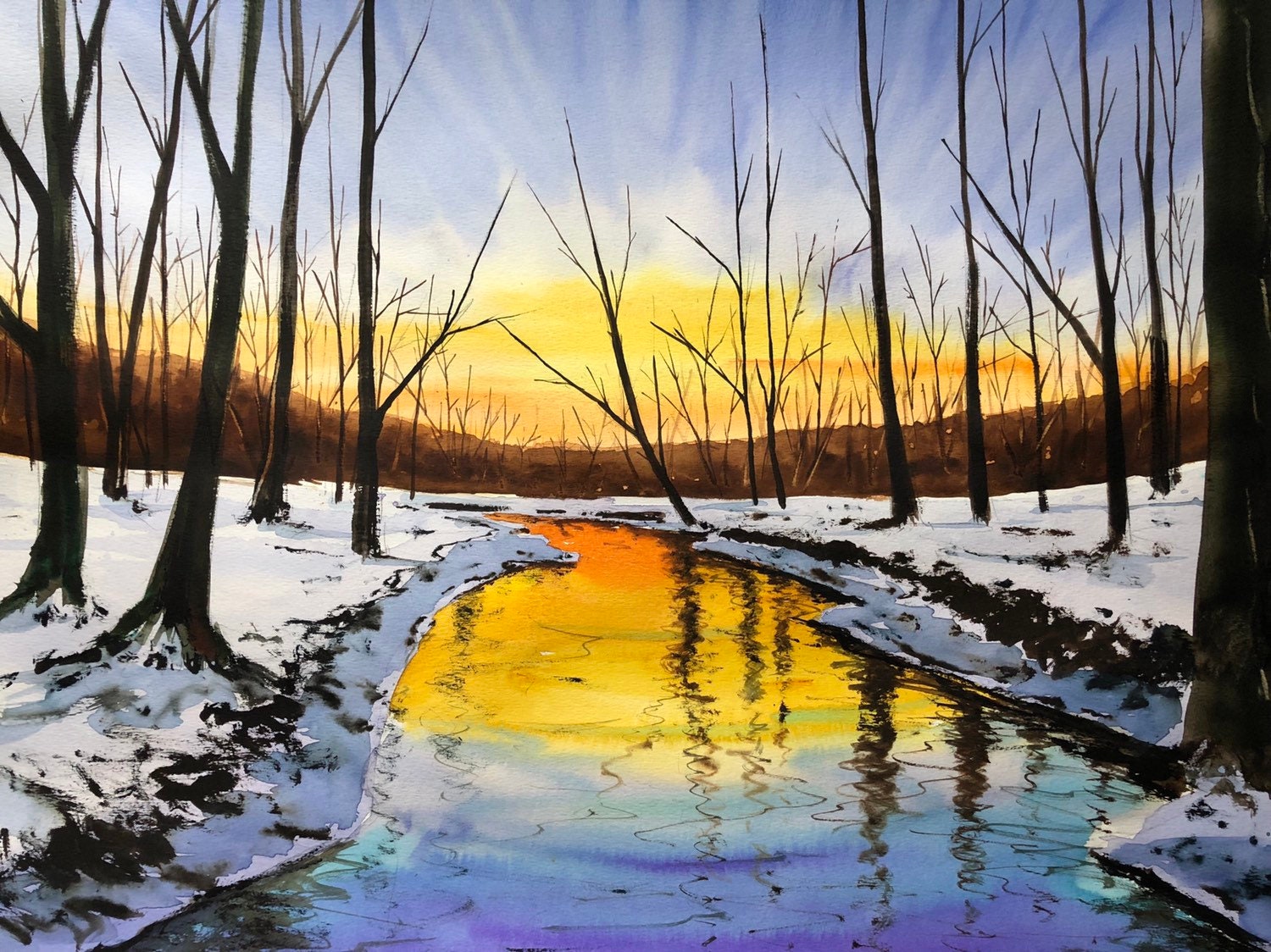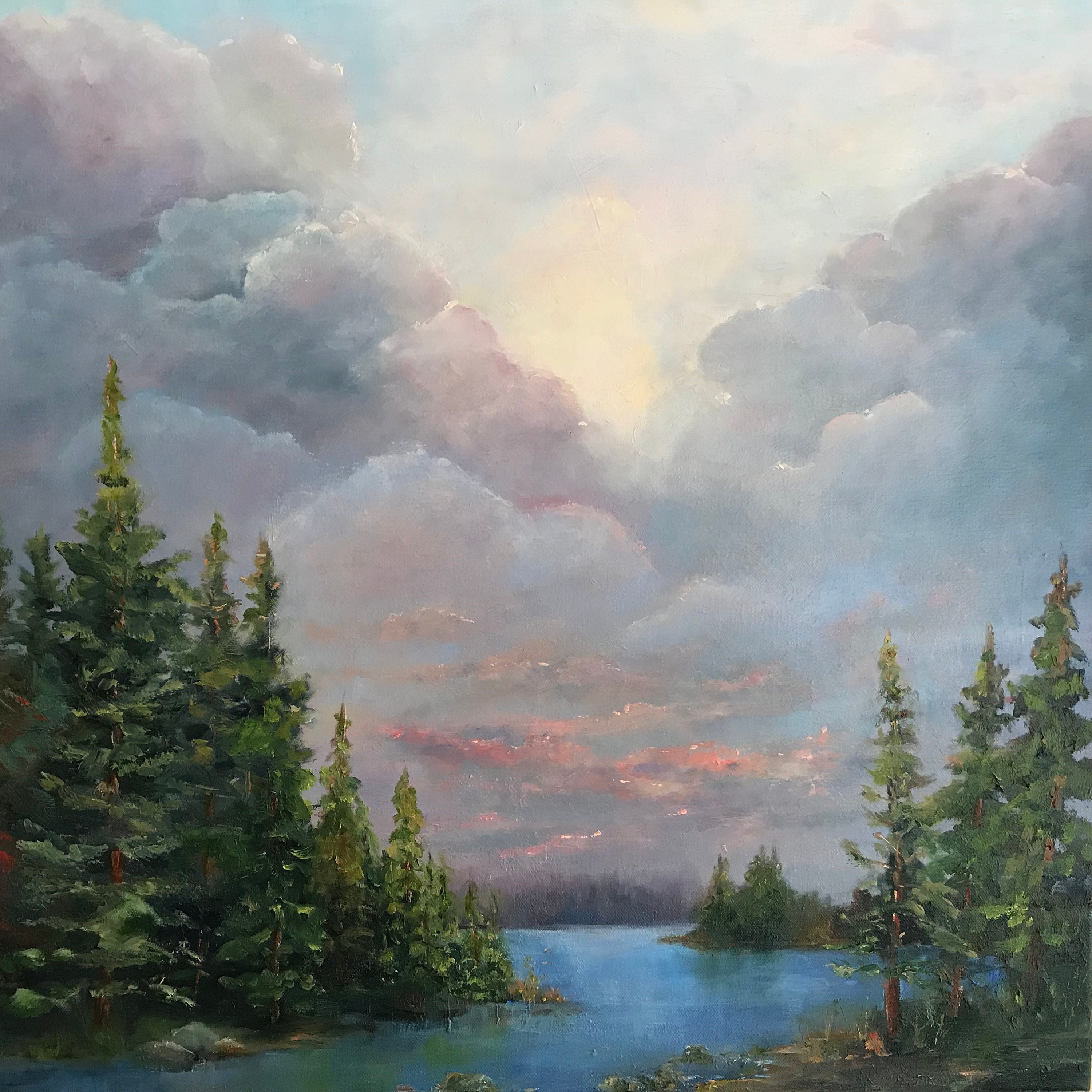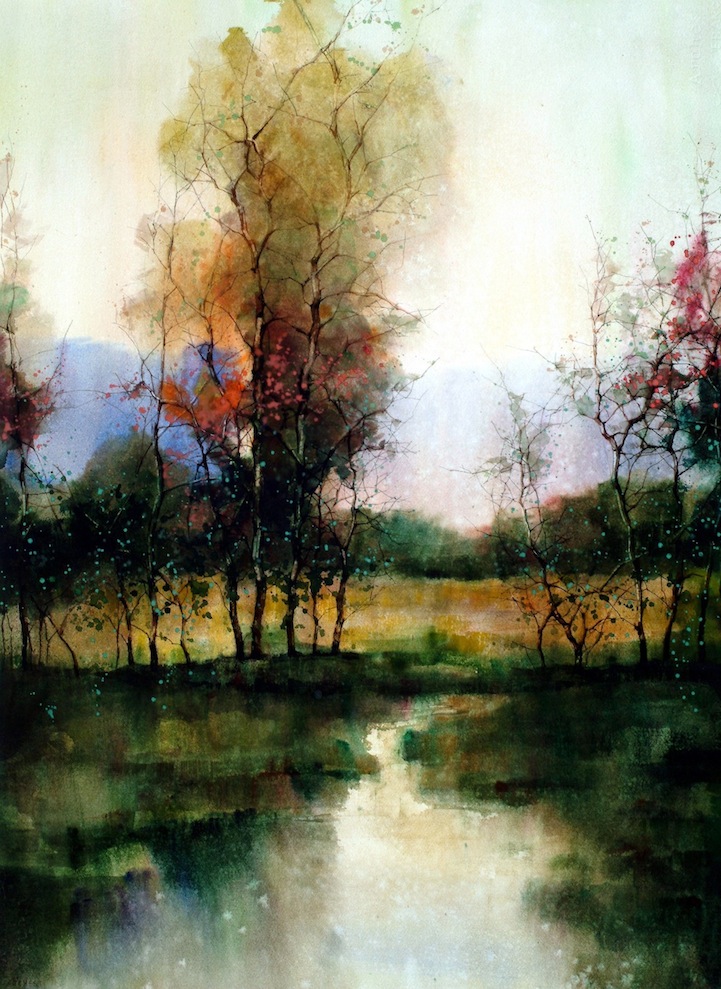

Watercolor Landscape Painting: The Details and Shadows I just need to paint the remaining details and the painting will be finished with the addition of the strong shadow in the foreground. Take a look at the sequence of work of Tyl Destoop, whom we talked about earlier.We are now at the finishing stages of this watercolor landscape painting. Many successful artists work according to the principle from general to specific. As your details become smaller, switch to a thin, liner brush. These are usually on the main objects in the foreground. Now that you have decided on the shape of the objects, the main colors have been added, and you’re satisfied with it, you can proceed to add the specific details where necessary. To darken an area, use multiple thin layers of paint (this is called glazing) to darken your colors to get just the right hue you’re looking for. When the painting is complete, these highlights will have strong contrast and look really impressive!Ī watercolor painting should be done from light to dark because you can always darken your shades but you cannot lighten them. Next, fill in these large objects with a large brush, leaving the highlighted areas untouched. Ask yourself questions like, “What shape will the sky be? What is the silhouette of that tree? What direction is the stream going?” Before painting these large areas, decide in advance where the highlights will be. Try and just concentrate on the silhouette of your objects. In the early stages, it is necessary to ignore the details and think in large forms. When working with watercolor, keep in mind the principle of working from general to specific. Then you can skip the sketching stage and start working directly with the watercolors. Over time, you will intuitively feel the composition. To be sure that everything you plan to draw will fit into your work as well as maintain the proper proportions, continually compare the sizes of the objects relative to each other. It’s only necessary to create a general composition to make sure that the size of the objects is not too large or too small for the size of your paper. When you begin sketching your scene, there’s no need to draw everything in detail. Either way, what you’ll learn will apply to both. To practice the following techniques you can either start with a photo as a reference or go outdoors and sketch from life. This will ensure that your lines will not be seen through the paint. To do this I recommend using an HB or harder pencil.

Unlike painting with opaque paints, such as oil and acrylic, you’ll want to make your initial sketch using a very light line.
Watercolor landscape portable#
I like using a watercolor pad since it’s portable and I’m able to keep my work protected. It doesn’t buckle or warp when it gets wet as lighter-weight papers are prone to do. Watercolor paper is thicker than other papers and made to be used with wet media. Whenever you use watercolor paints, whether you’re using them from pans or tubes, it’s important to use the right paper.


These pan paints can be rewetted and used over and over. This set is a convenient way to use watercolor paint since it provides a variety of brilliant colors in a handy case that’s ready to use whether your painting inside or outdoors. Here you’ll learn some universal rules used by watercolor painters everywhere.Īs an experienced watercolor painter, I recommend using Arteza’s Watercolor Premium Artist Pain Half Pans. I’ve written this article especially for you. If you’re an aspiring watercolor artist, there are some basic principles you can learn that will help you create better landscapes using watercolors. Painting landscapes with watercolors can be very satisfying and challenging at the same time. Fundamentals of Painting Landscapes Using Watercolors


 0 kommentar(er)
0 kommentar(er)
